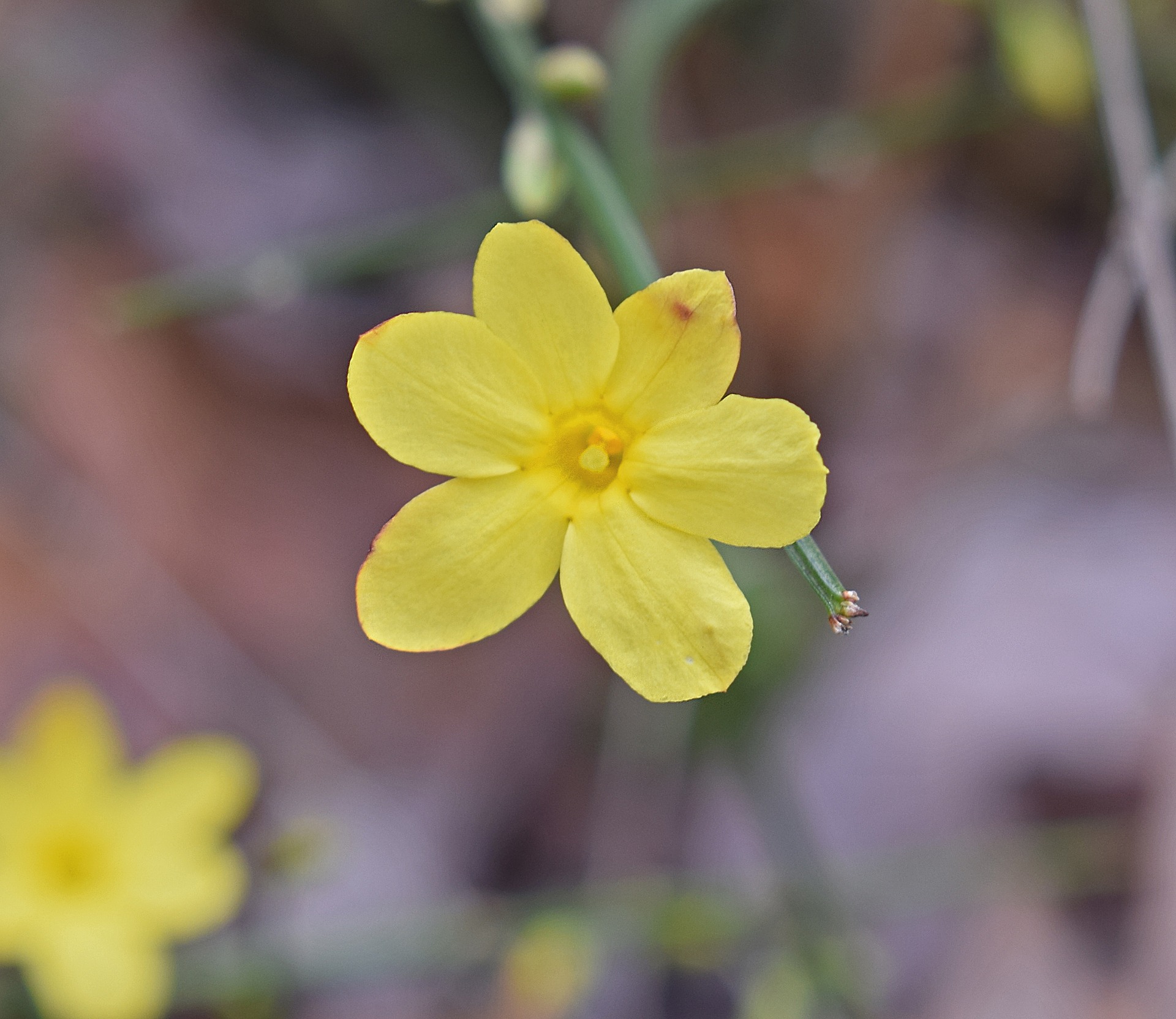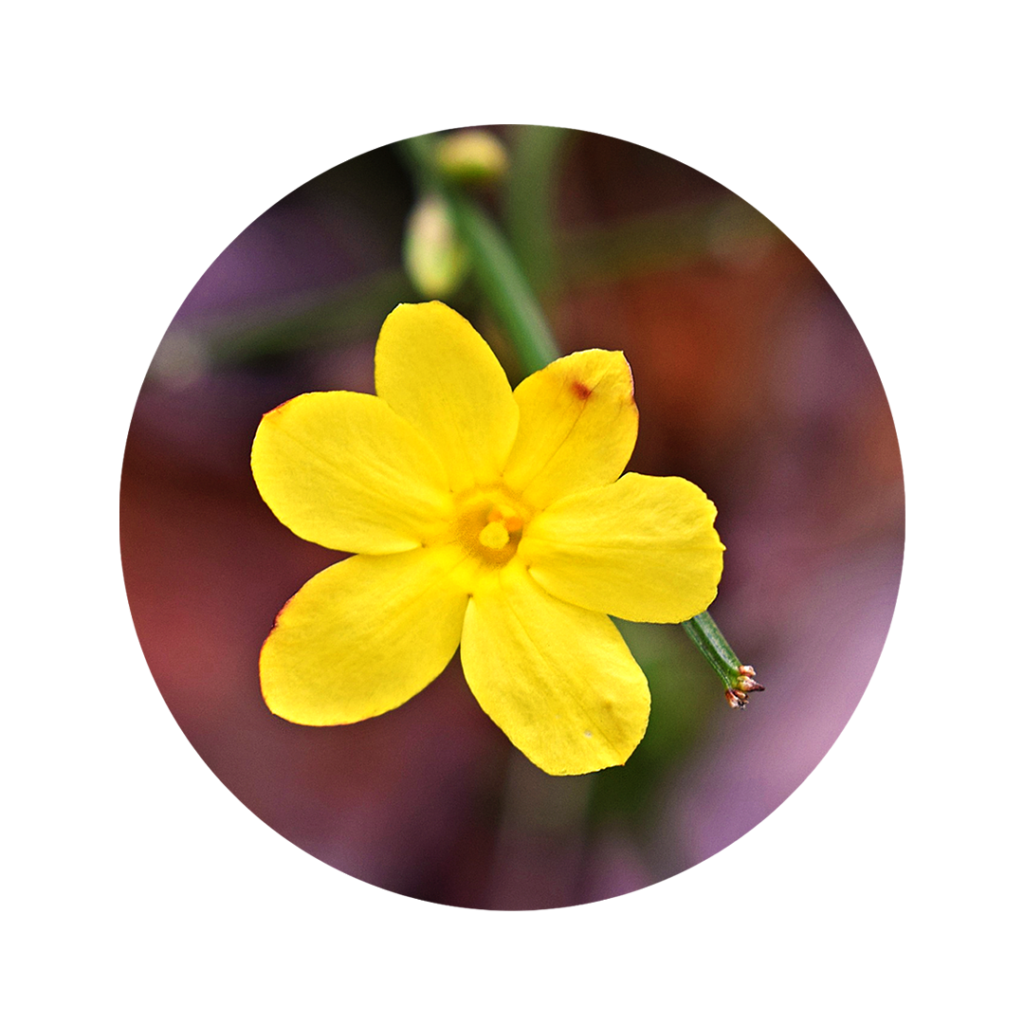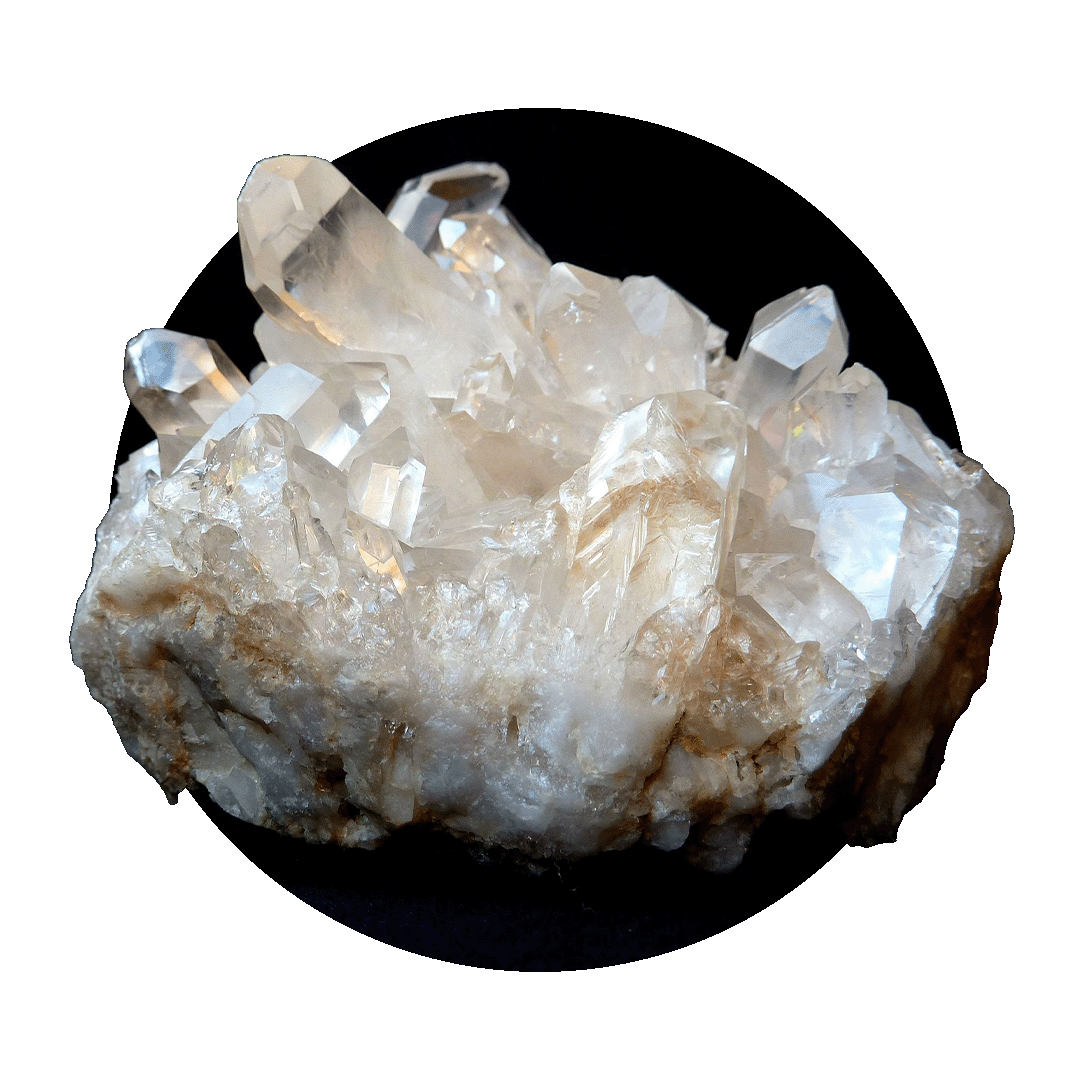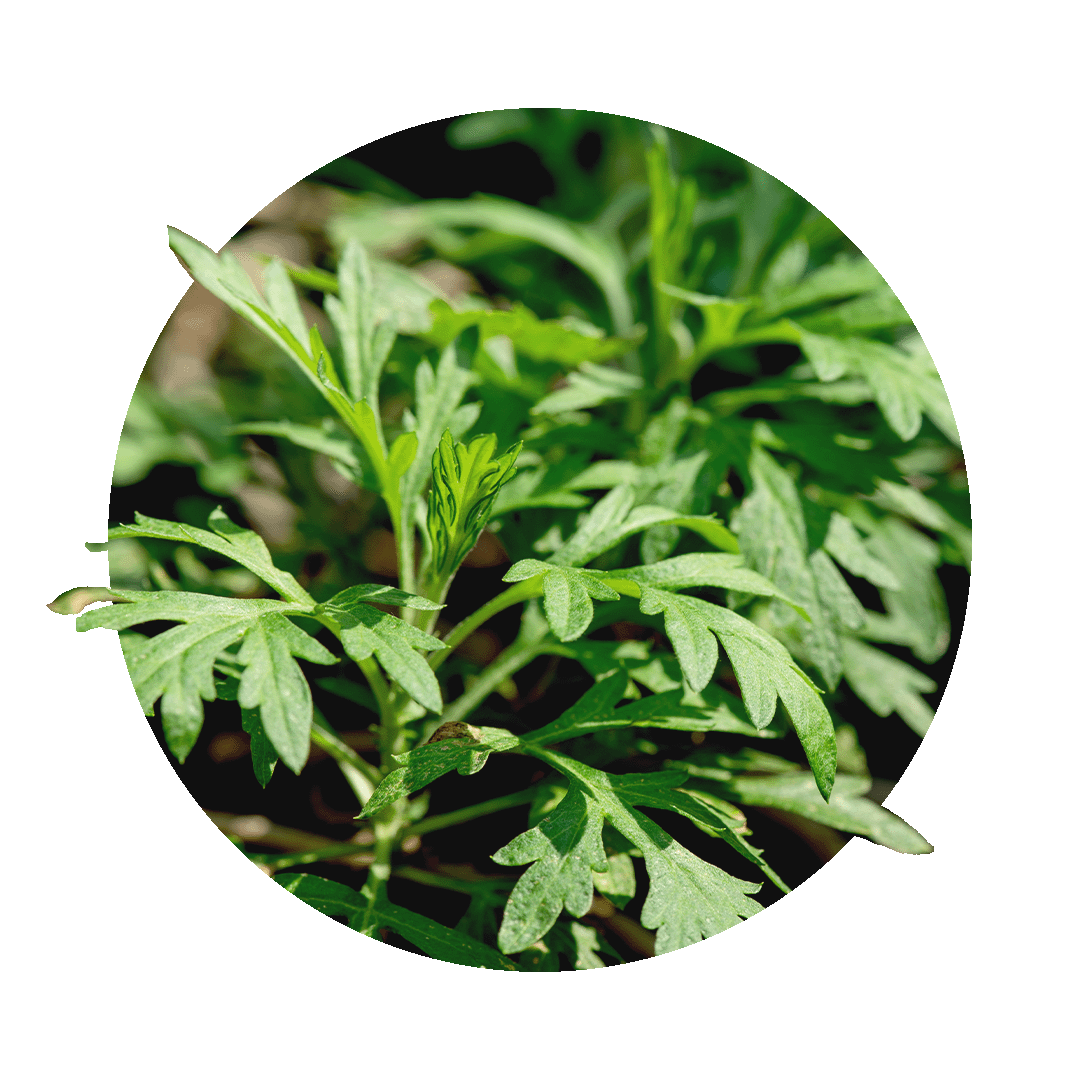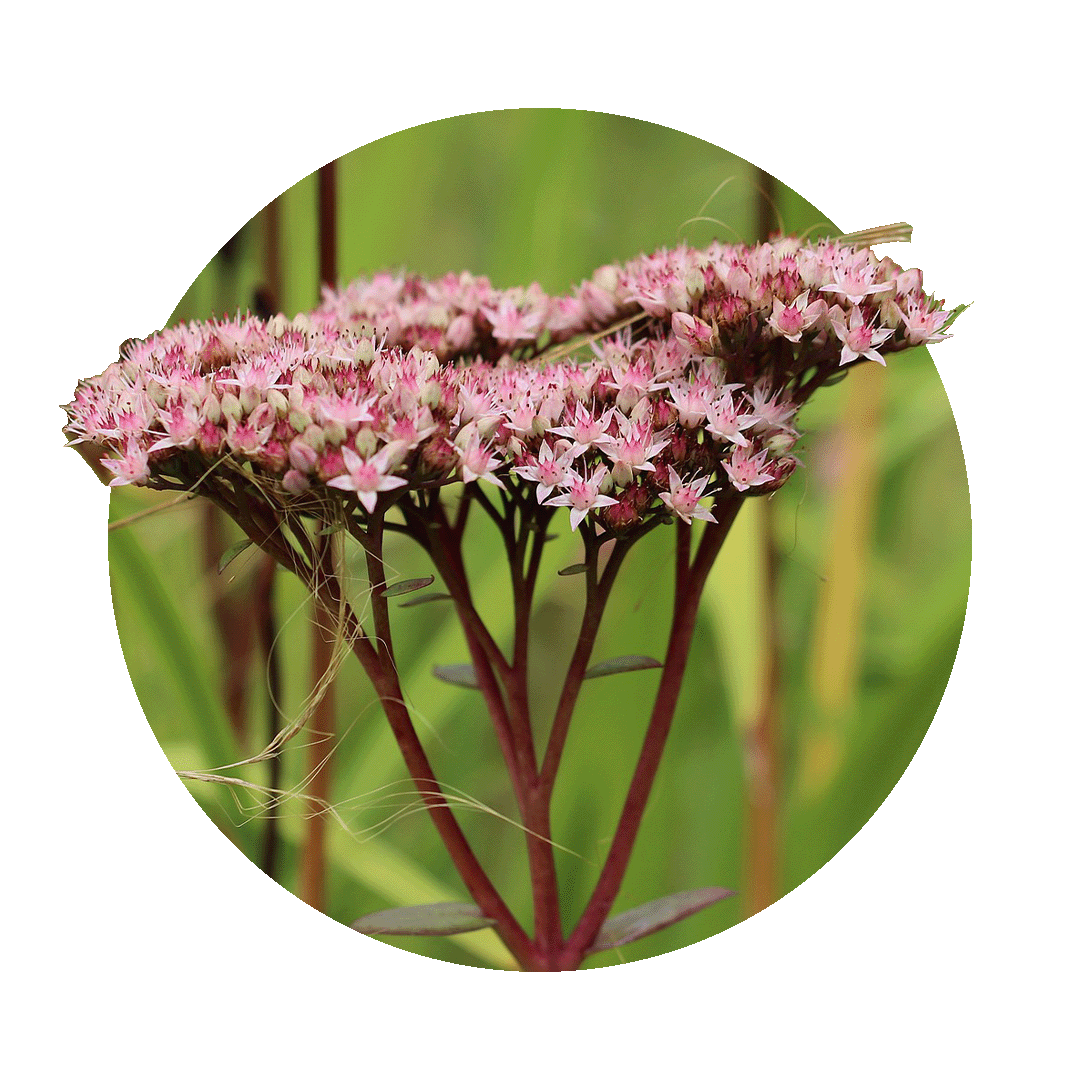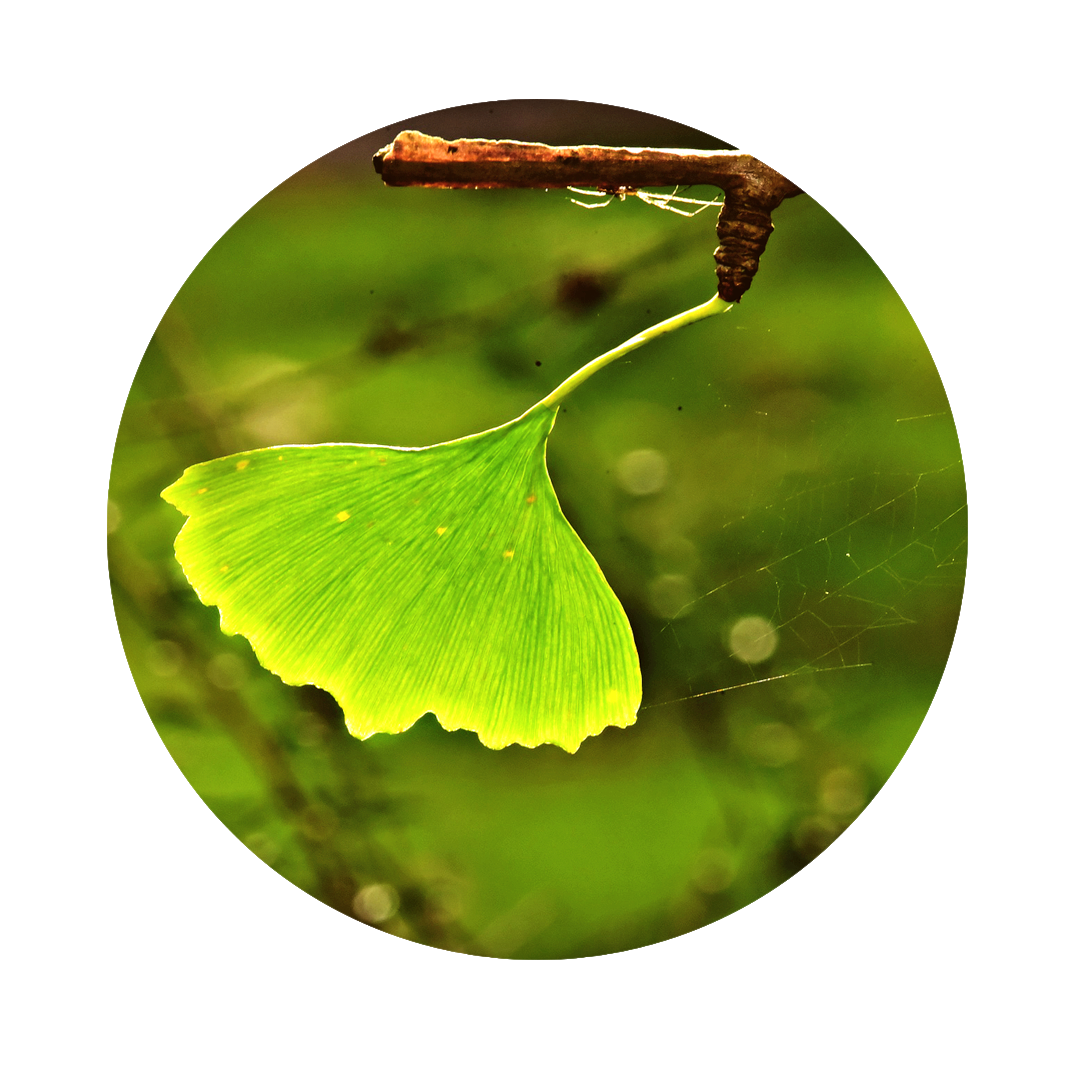Wild jasmine: strengthening effect for the nerves
Wild jasmine is an impressive climbing plant. It can grow up to several meters in height and forms dense bushes. The wild jasmine contains some poisonous alkaloids, which turn out differently toxic for different people, because there are genetic dispositions that can break down the poison very well, others not. This fact was exploited in the past by indigenous tribes. As a divine sentence for serious offenses, the guilty person was forced to drink the decoction. Some died, others survived. As the gods willed. Or was it the genes?
Facts about Gelsemium - Wild Jasmine
Did you know that...
... wild jasmine was already used as a painkiller in America?
... poisoning with wild jasmine leads to paralysis with full consciousness?
... Gelsemium is botanically unrelated to the true jasmine?
What is wild jasmine?
Wild jasmine is an evergreen liana-like climbing plant. It is evergreen, the leaves are opposite and its lianas grow up to 6 meters in height on suitable substrates. The plant carries a milky sap in its stem. It loses its leaves only in strong winters, not at all in its original habitat, where it does not get so cold. Its flowers are yellow and have 5 petals, which are fused together to form a bell-shaped flower.
Wild jasmine is poisonous and is mostly used in our country as an ornamental and container plant. Its wonderful, jasmine-like fragrance is striking.
General and medicinal properties of wild jasmine
Antipyretic
Wild jasmine is antipyretic. Its alkaloids intervene in the central nervous system and regulate the increased temperature there.
Anxiety Relief
Wild jasmine is anxiety relieving. People who are in great tension often react with anxiety. Gelsemium relieves the tension and the anxiety recedes.
Sympathetic-regulatory
Wild jasmine is sympathetic regulating. Under stress, the sympathetic nervous system ramps up and makes us perform. However, if this becomes too much, it can also cause diarrhea and cramps. Wild Jasmine has a regulating effect on the sympathetic nervous system and the unwanted symptoms go away.
Relaxing
The wild jasmine is relaxing. During periods of stress, people are tense, have headaches and digestive problems such as stomach cramps and constipation. Gelsemium relaxes the body and dampens the effects of stress. Everything relaxes and the symptoms disappear.
Gelsemium sempervirens: Ingredients
Gelsemium is one of the great fever and nerve remedies of naturopathy. Its applications are derived from the action of the active ingredients it contains.
You can find the following ingredients in Wild Jasmine:
- Alkaloid Gelsemin
- Alkaloid gelseminin
- β-Methyl-asculetin
- Essential oils
Wild jasmine: effect for body and mind
Wild Jasmine is a plant for the over-excited nervous system. When the soul and body show an enormous, almost unnatural level of tension, Wild Jasmine is indicated. This total over-tension of body and soul is usually the result of very prolonged stress, and Gelsemium patients are considered sensitive, neurogenic natures. This prolonged stress causes the entire nervous system to be overstimulated and voluntary and involuntary muscles to be under tension. As a result, patients develop slowly rising fevers and often suffer from cramps. These cramps can often cause headaches, but digestive disorders are also common as the involuntary muscles of the intestines and gall bladder tense due to stress. Wild Jasmine is now used in low, homeopathic potencies (D4 and up) due to its toxicity and provides relaxation of the system and calming of nervous structures.
Properties of wild jasmine
- Relaxing
- Nerve regulating
- Analgesic
- Soothing
- Sympathetic-regulatory
- Antipyretic
Fields of application in naturopathy
The action of wild jasmine is primarily focused on the nervous system. Therefore, it is also used medicinally for symptoms or diseases in which the nervous overstimulation is considered causative.
Wild jasmine as a nerve agent
Some people have naturally higher nervous activity. They are more sensitive to stimuli and stress and therefore more likely to develop symptoms under stress. Gelsemium is a good remedy to reduce this nervous overstimulation and thus relieve the nerves.

Wild jasmine for headaches
In phases of life when a lot is demanded of one, some people often get headaches. This tension headache is caused by an increased basic tension of the muscles and goes back to an increased tension in the nervous system. Since Wild Jasmine starts right here and calms the nervous system, it also acts on the tension that stress causes in the muscles. If the tension in the muscles goes down, the headache also improves. Gelsemin and Gelseminin, the active ingredients of Wild Jasmine, are alkaloids that perform their action directly on the motor end plate, where they relax the muscle by reducing the influence of the nerves on the muscle.
Wild jasmine for nervous exhaustion
Long phases of nervous tension are followed by a phase of exhaustion. The body is so tired that it can no longer maintain the tension, but without the stress stimulus really going away. As a result, the patient may not even be able to get out of bed. This is where Wild Jasmine has proven its worth, as it reduces the stress effect and creates the possibility for the nervous system to recover.
Wild jasmine for anxiety
Anxiety can be both a cause and a consequence. If it is the result of total, stress-related overstimulation, then Gelsemium can help calm the nervous system and relieve or shut down anxiety. The alkaloids Gelsemin and Gelseminine present in Wild Jasmine act directly in the brain and have an anxiety-relieving effect. Especially in spagyric Gelsemium is considered the anxiety remedy.
Wild jasmine for infectious diseases
Many infectious diseases are enabled by stress reactions. The reason is high cortisol levels, which are supposed to keep inflammation down, but also weaken the immune system, opening the door to pathogens. Since Gelsemium calms the nervous system and interrupts the stress mechanism, cortisol levels also decrease. The immune system can therefore become more active again, fight existing infections and ward off impending ones.
Wild jasmine for diarrhea
Diarrhea that is not due to infection or spoiled food is often caused by severe tension. Gelsemium has a calming effect in the central nervous system, reduces tension and thus clears the cause of diarrhea.
Notes on the use of the wild jasmine
Wild jasmine is used as a homeopathic or spagyric preparation mostly as a component of mixed preparations. These mixtures are available as drops, tablets, triturations, globulis or sprays. In acute cases the medicines are taken up to hourly, in more chronic cases rather 3 times a day.
Wild jasmine during pregnancy & lactation
Discover our sprays
With natural methods such as the individual spagyric sprays from Zimply Natural, complaints can be treated and sustainably alleviated.
Use the healing power of Gelsemium sempervirens!
Use the healing power of Wild Jasmine and our other 100 medicinal plants for natural relief of your ailments. Improve your well-being and support your body, mind and soul! Use our configurator to create your personal spagyric spray, which is tailored to your needs and accompanies you on your natural path to the improvement of body, mind and soul.

